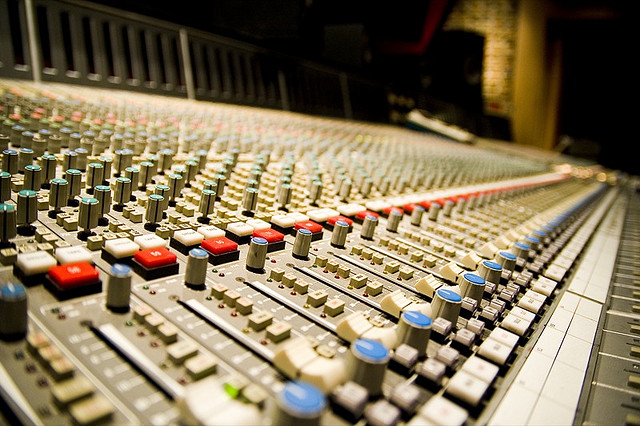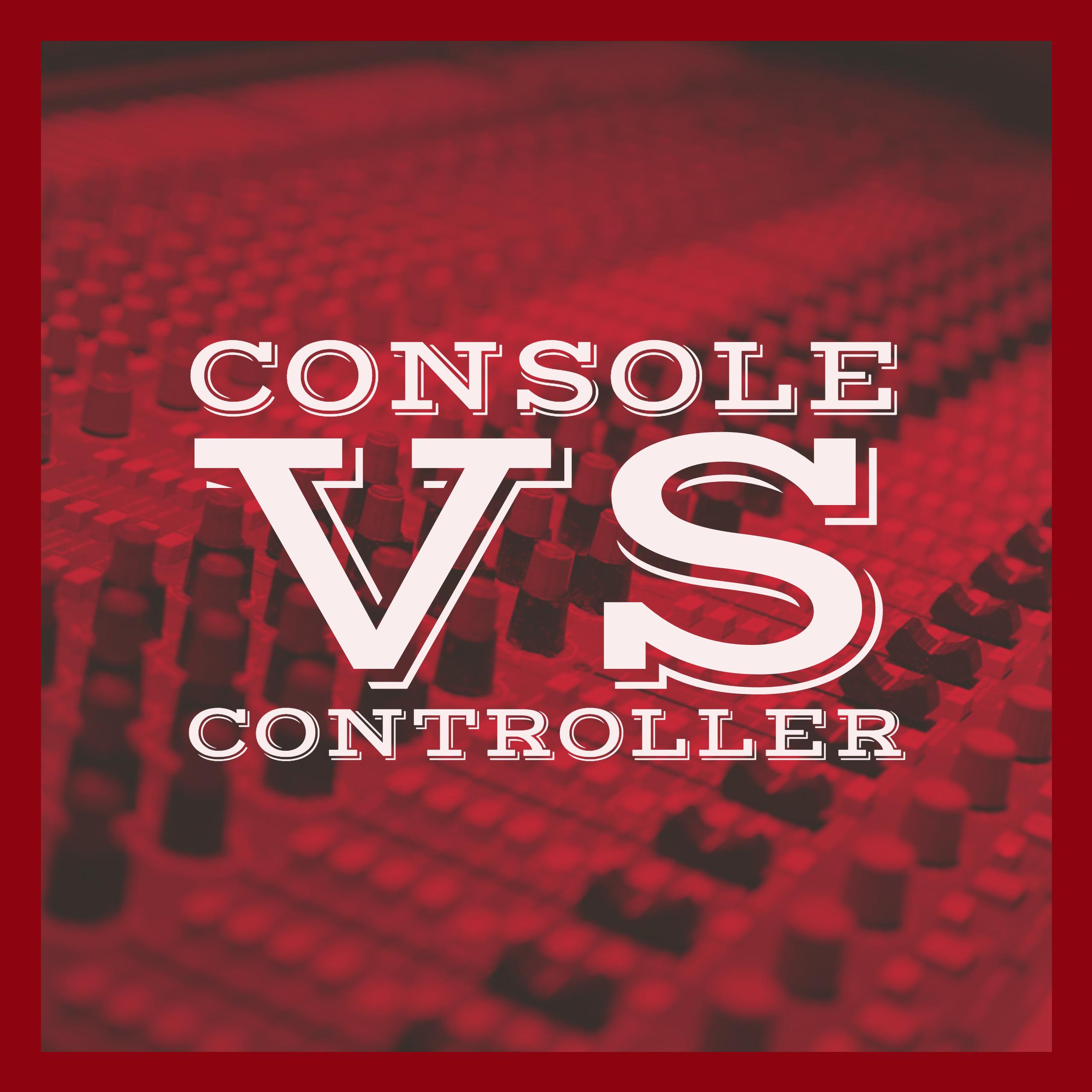There seems to be a lot of confusion about the differences in controllers and consoles in the studio world. Even some studio owners don’t know that they are using the word console, when they actually have a controller as their main desk. So I figured I would do a little write up about the two and show some different examples.
Although they look similar, they are two very different pieces of gear. I’m going to use the SSL Duality Console and the Digidesign D-Command as the examples in this write up.
A “Controller” is a tool that simply controls Pro Tools or any other DAW (Digital Audio Workstation). There is no actual audio signal that runs through it. When you move it’s faders, you move the faders in your DAW. They can also control parameters in plugins and do a wide variety of other things in your DAW. A lot of people refer to controllers as calling them a “Really Big Mouse”. Because in reality, everything you can do with a $30,000 controller, you can do with a $10 mouse. The most simple reason these units are in studios is because for 1. They look nice. What’s a studio without a big piece of gear with faders and knobs on it, right? A lot of the times, these units just sit there.
Now on the other hand, if you are proficient at using a Controller. It can increase your work flow dramatically. This is one of the justifications for having one in your studio. Some people MUST have a controller when they work. I for example, mostly don’t use them. I could be sitting at a controller for three days straight and never touch it once, except for the volume knob, speaker selection buttons and the talk back button.
Here is the D-Command:
![]()
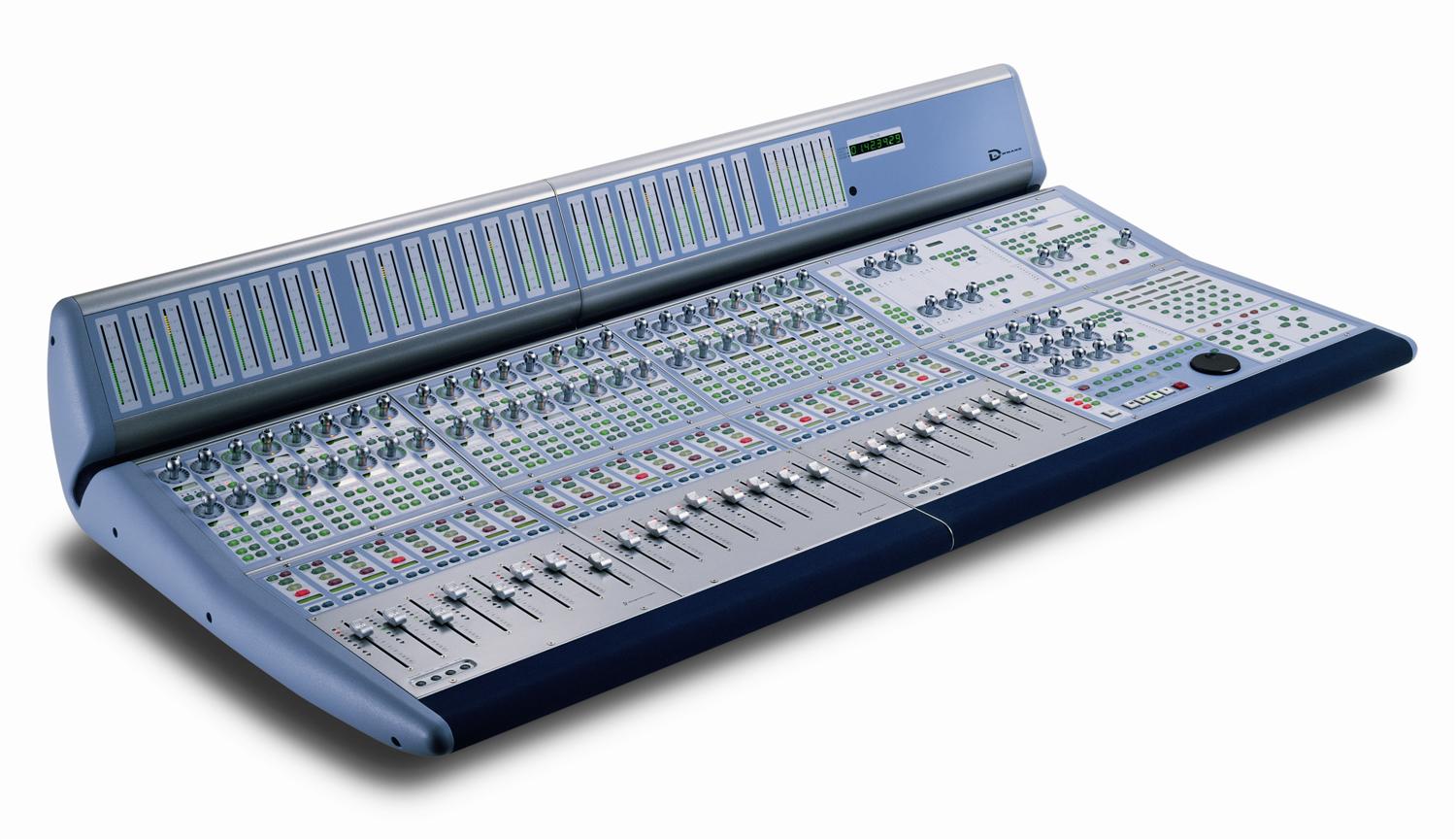
Looks fancy right? It’s a great tool if you take the time to really learn it inside out. Is it worth it’s price? That is for you to judge.
Now on to my favorite, the console.
A “Console” is what you mostly see in big expensive studios. Companies like SSL and Neve are very popular for having great sounding consoles. The main difference that separates a console from a controller, is the fact that audio signal actually runs through every single channel down to the fader. Depending on the console, determines the characteristics it will add (or sometimes subtract) to your audio signal. Even two of the same exact consoles can have a different sound, for example, because one is older than the other. A lot of the time, this is desired because it adds character to your audio. Consoles are a ton of money and are very expensive to maintain and run. Get ready for a new world of electricity bills, because it is best to keep these things on 24/7 to reduce the chance of damaging the unit from excessive On and Off every day.
Here is a console from SSL, the SSL Duality:
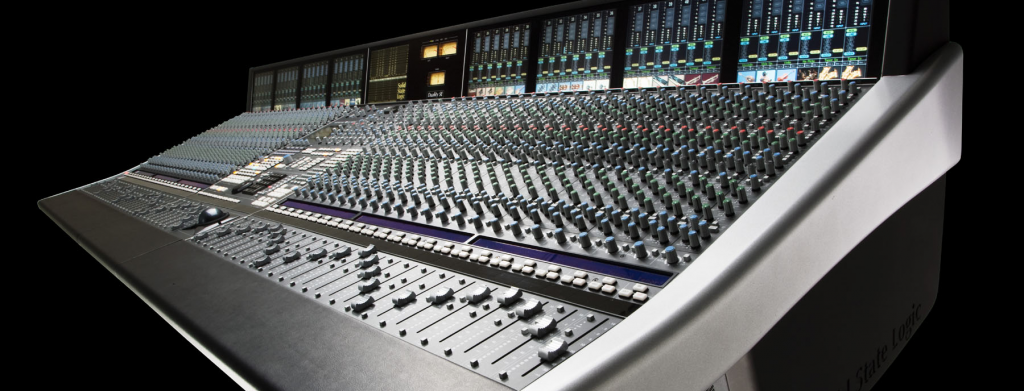
What’s great about this particular console (SSL Duality) is with the press of one button, you can switch it to controller mode and control your DAW just as if it was a controller, like the D-Command.
When this console was released in 2007, it’s retail price was around $300,000. So, yeah… You better be serious about music if you want to buy one of these monsters.
There are many other features that I can list out about this console that are great, but I’ll leave that for another time. Hopefully this write up gives you an idea of the differences and possibly inspires you to learn more about the awesomeness of studio gear and music.
Before I write off, here are a couple more pictures of other consoles you might see in home studios, smaller room commercial studios, and large room studios.
Neve 5088 Console:
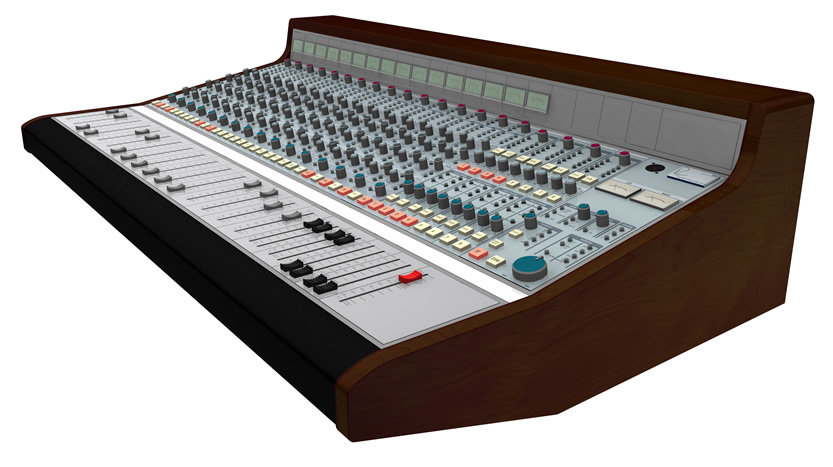
SSL J 9000:
